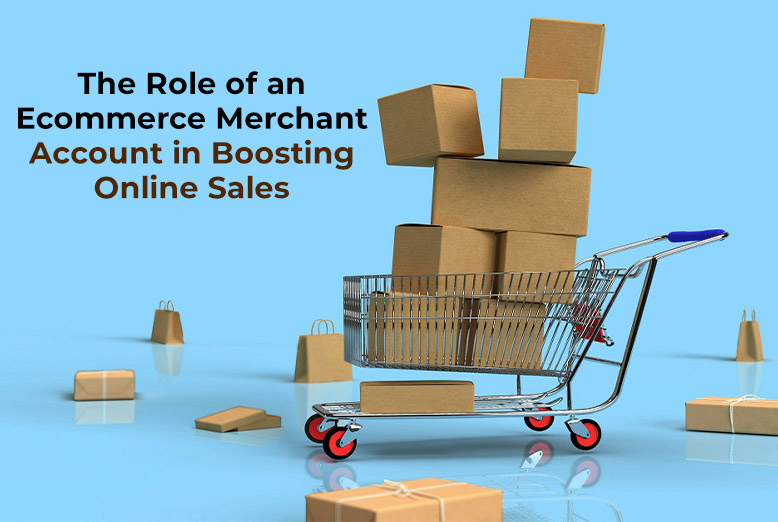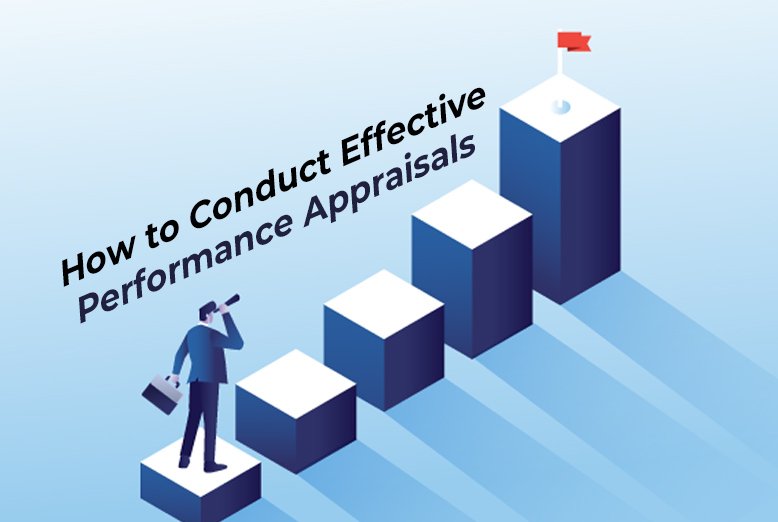Running an online store in 2025 means facing tough competition and ever-changing customer expectations. One tool that can make a real difference in driving sales is an ecommerce merchant account, a specialized account for processing card payments. It’s not just a technical detail; it’s a key player in growing a business online.
This post dives into the challenges online sellers face, how an ecommerce merchant account solves them, and the big wins it brings, showing its vital role in boosting sales.
Limited Payment Options Hurt Sales
Online shoppers today want choices credit cards, debit cards, and digital wallets, but many small stores struggle to offer them. Without a solid way to process these payments, a business might stick to basic methods like PayPal or manual transfers. That’s a problem when customers abandon their carts because they can’t pay the way they prefer. A store missing out on these sales sees revenue slip away fast, especially in a market where every transaction counts.
Solution: Enabling Payment Flexibility
An ecommerce merchant account steps in to fix this by letting a store accept all kinds of payments. It connects directly to card networks like Visa and Mastercard, so customers can use whatever method they like. Setting it up means picking a provider bank or services like Stripe and linking it to the store’s website with a payment gateway. The result is a checkout that’s ready for anything. Here’s what it covers:
- Credit and debit cards for traditional buyers.
- Digital wallets like Apple Pay are for tech-savvy shoppers.
This flexibility means no one walks away because their payment option isn’t there, keeping the sales funnel wide open.
Benefit: More Completed Purchases
With an ecommerce merchant account handling diverse payments, the payoff is clear: more customers finish their orders. A store that once lost half its potential buyers to a clunky checkout can see sales jump maybe from 20 orders a week to 35 because it meets shoppers where they are. That boost isn’t just luck; it’s the direct result of giving people an easy way to pay. For a small business, every extra sale builds momentum, turning browsers into buyers and pushing revenue higher.
Shoppers Worry About Safety
Trust is everything online, but security fears can scare customers off. A store without strong protection risks losing sales to doubts will their card details get stolen? In 2025, with scams on the rise, shoppers hesitate if a site looks risky. That hesitation can tank a business’s growth, leaving it stuck while safer competitors pull ahead.
Solution: Adding Security Layers
An ecommerce merchant account tackles this worry head-on with built-in safety features. Providers include tools like encryption to lock down payment data and fraud detection to spot trouble before it strikes. Once it’s set up, the store gets a secure checkout that customers can rely on. This isn’t just tech jargon; it’s a shield that keeps both the business and its buyers safe, making every transaction a little less stressful.
Benefit: Increased Customer Trust
The upside of that security is a big jump in trust, which translates to more sales. Shoppers stick around when they see a padlock icon or a “secure payment” badge, little signs an ecommerce merchant account provides. A store might go from losing 10 customers a day to keeping them, with some even coming back for more. One buyer might say, “I felt good shopping there,” and tell friends, spreading the word. That trust builds a loyal base, driving sales up as confidence grows.
Slow Cash Flow Stalls Growth
Cash flow can choke a small store, especially when payments take days or weeks to hit the bank. Waiting around for funds means missing chances to restock hot items or run ads, slowing down the whole operation. For a business trying to scale, that delay is a roadblock that keeps sales from taking off.
Solution: Speeding Up Funds
An ecommerce merchant account fixes this by getting money to the business faster, often in a day or two. After a sale, the funds land in the account and then move quickly to the store’s main bank, no long holds or red tape. It’s a simple tweak that keeps the cash flowing, letting the business stay nimble and ready to act.
Benefit: Steady Sales Momentum
With quick access to cash, a store keeps rolling without a hitch. A seller might use those funds to grab more inventory after a big weekend, pushing sales from $500 to $800 a month. That speed keeps customers happy, products stay in stock, and the business grows. An ecommerce merchant account turns a sluggish cash trickle into a steady stream, fueling sales and keeping the momentum alive.
Conclusion
An ecommerce merchant account plays a starring role in boosting online sales by tackling real problems like limited payments, safety fears, and low cash and delivering clear wins like more purchases, trust, and steady growth. In 2025, it’s a lifeline for stores aiming to stand out and thrive. This isn’t just about processing payments; it’s about turning challenges into chances to sell more. For any online seller, an ecommerce merchant account is a smart move to lift sales and build a stronger business.
Also Read: E-commerce Marketing Techniques to Outperform Competitors














